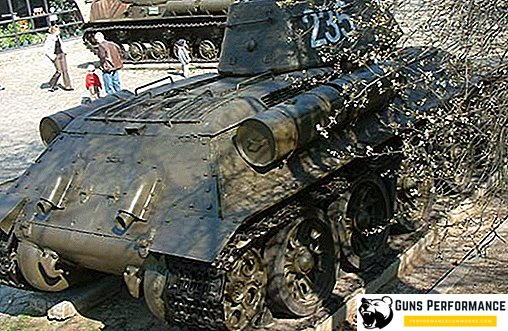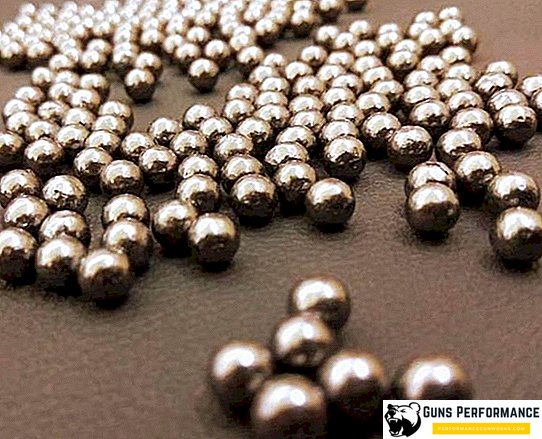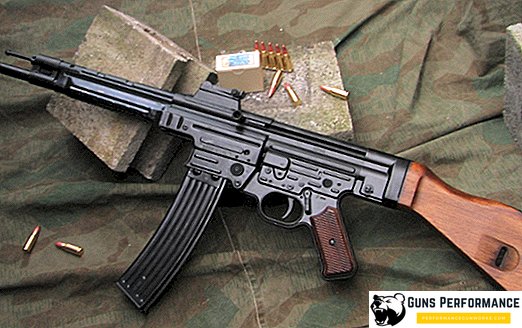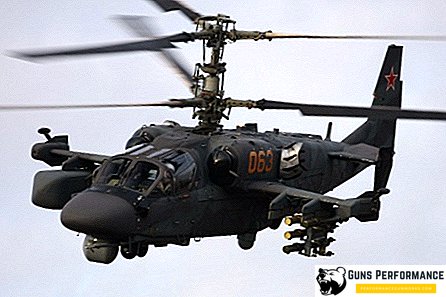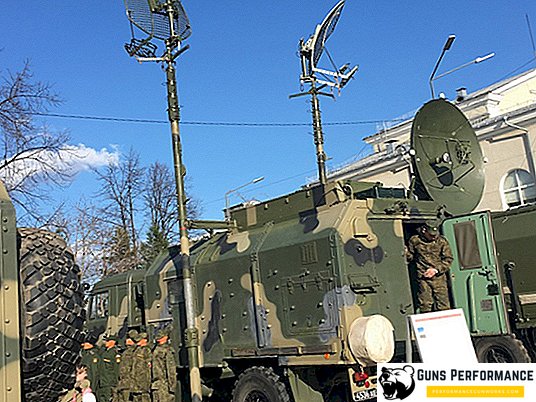In the XV-XVI centuries among Italians, one unique type of knives was widely known. He clearly stood out from the many blades of the time. This is a Cinqueda, ranked by historians as one of the types of daggers, regardless of the signs that refer to it as a full-fledged sword.
The story of Cincaeda
Even before the middle of the 15th century, Europeans did not seem to have heard of such a type of weapon, because early samples of the Cincaeda have not yet been found. All known specimens were found in the north of the country, where residents used them mainly for self-defense. It is believed that the Cinqueda first appeared among the Florentines and Venetians, and the main venue for the production of these cold weapons was considered the Venetian region - Verona.
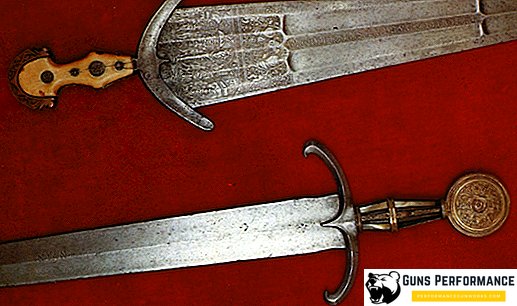
The name “Chinquad” was derived from the Italian word “five”, and translated as “divine five”. In its configuration, the blade of the dagger was rather unusual for that time. So in the area of the handle, the width of the blade was exactly at the level of five fingers. Further narrowing occurred in the area of the tip, which further stretched into a triangle. There was also a second version of the name Chinquads. The dagger was called "bull's tongue" because of the similarity of the blade shape with the wedge-shaped shape of the animal's tongue.
Handles in the ancient Italian daggers, found by archaeologists, were made according to the general style. They resembled the handles of ancient daggers of the Mycenaean and ancient Greek pores. However, there was only one very serious difference. Thus, Chinquad had a sharply arched crosspiece, resembling horns directed to the area of the tip of the dagger. In the future, many chinqued handles were attached to the later classical swords.
Handling cinqueadas
In the dagger cuttings were made recesses for fingers, which added the convenience of holding them in his hand. The Cinqueads of noble Italian citizens were, as a rule, richly decorated and inlaid.
Some experts observe in chinquad designs the overlap with ancient Roman knives of pugio, they also resemble short swords of parazoniums.
Some chinquads have extremely small sizes, with blades up to 15 cm long, others larger up to 20 cm. However, most of these old Italian cold arms had huge blades up to 45 cm wide and in the joints with handles up to 9 cm. Sometimes the handles were made even in a two-handed version, then, it was extremely inconvenient to hold the heavy sword by the thin handle handle.
Actually due to these inconveniences and a large mass of weapons, the demand for it has plummeted. And this is despite the fact that for almost fifty years the Chinquads had spread widely throughout Italian territory and even covered most of the French. After the arising popularity of weapons subsided, the North Italian Verona smithies began to expand their sphere of influence. They no longer focused only on the rich nobility, began to pay attention to the prosperous netsyantyantism and handicraft.

Was revised blade length in the direction of a sharp reduction. Since then, the Cincaedas have become more similar not to swords, but to daggers. However, gunsmiths and arms dealers, they were still called "swords", just to fill the price, as well as to increase the status component.
When the saturation of this market occurred to a sufficient degree, the North-Italian gunsmiths further reduced the length of the blade and, naturally, reduced the total cost of the product. Thus, more than a hundred-year period from the beginning of the production of the first products to the middle of the XV century, the length of the blade at Cinqueed was reduced more than three times.
Having become extremely popular and widely "promoted", although rather heavy and not very convenient type of cold arms, the Chinquand began to be acquired by poor peasants and citizens, and, of course, by local bandits for their secret carrying.
Chinquads often had blued blades with etched patterns, and were decorated with gold leaf. Most of the etched patterns are attributed by historians to two North Italian craftsmen. The quality of the etched patterns on the blades were excellent. So on the set of the found copies, magnificent textural drawings, with scrupulously traced heraldry, as well as with well-known plots of that time, are preserved and visible.
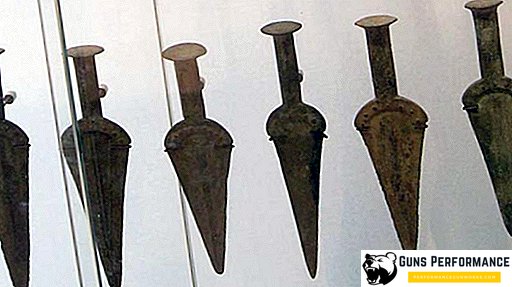
Be that as it may, but the main mystery of the history of these weapons were questions:
- What caused this Italian weapon?
- What is the secret of rapid growth in popularity?
- Why did this North Italian weapon disappear so quickly without retaining a worthy legacy?
However, a holy place is never empty, and Cinquead is no exception. So, already in the XVI century, the places of everyday noble swords were occupied by swords.



